Akande DavisDigital Strategy Specialist and founder of Digital Pew. There are a ton of social media channels that exist and new ones are sprouting up every day, but the end all be all is the behemoth we know as Facebook and Instagram. Currently, Facebook has roughly 2.06 billion users worldwide, Instagram with approximately 700 million active users every month. Platforms like YouTube, Snapchat, Tumblr, Twitter and others have huge user bases as well, but the flexibility and powerful marketing features that Facebook is equipping users with has paved a way for in-house marketers and organization leaders to get their message in front of their audience in the most effective way possible. Now organizations have an incredible opportunity to help lead out and strategize their non-profit’s online marketing campaigns by becoming better users of Facebook. This isn't to say that a volunteer can replace the resources or knowledge of an agency - if you want professional results, trust and partner with an agency to help you get there - but rather, for smaller projects, maintaining your online presence and supporting your business or non-profit’s efforts using social media. Becoming a Facebook Power User also means that you are able to vet the people who you plan on working with and bring your valuable insight to the strategy being developed. It might take some time, some practice and some studying, but becoming a Facebook Power User is not impossible and with a little bit of sweat equity you can start developing, launching, executing and measuring your own campaigns! Let's get started - the first step is to... If you have a website or blog, you need to have your Facebook Pixel setup. Having Facebook Pixel setup on your website or blog is as essential as setting up Google Analytics - it's just a must! Not only you can see incredible insights on how your audience behaves outside of Facebook, but you can retarget the ones who interact with your content more often. This is excellent for a number of reasons - that's pretty obvious - but often times business and non-profit marketing leaders will miss this crucial step in their strategy and go months, dare I say, years without having any of this information. Don't miss this step, setup your Facebook Pixel. Here is a comprehensive guide on how to do it. And here is the kind of information you can get from having it live... Complete this step before going ANY FURTHER! (Just trust me on this) Explore Your Facebook Page's InsightsBy default, Facebook provides Page Administrators (people who own or operate a Facebook Page) a ton of insight into how the page is performing and audience reach at a granular level. With Facebook Page Insights you can not only see how far your Facebook Page reaches, but also when your audience is the most engaged, what kinds of content they like the most and more. Your Facebook's Page Summary dashboard for example provides a bird's eye view on what is going on with your Facebook page. You can see how many Actions, Page views and Page Likes are happening as well as how far your posts are getting to your audience (Post Reach). From the insights I can see when my audience is the most active, what post types they are most engaged with, and which of my posts they interacted with the most organically vs. paid. Even with a quick glance, you can see how powerful looking at this information can be. Making content and posting it without any idea of what your audience is responsive to can result in lost time and energy, not to mention money if you're spending money on content creation. Discover your Audience using InsightsKnowing your audience is one of the most important things you can know as a leader in your organization. Whether you are looking to nurture your current audience or reach new people to bring them into your organization or get your message in front of them, you need to know them and understand them intimately. Before I start any campaign, whether social media marketing or not, I always do as much research as I possibly can so I can understand who I am speaking to and what they need to hear. Using Facebook's Audience Insights tool, you can do just that. Their incredible suite of features allow you to do a deep dive into your audience with powerful information about;
There are literally hundreds of different ways that you can research your audience using Audience Insights - you can even see what pages your audience likes more than others, giving you incredible control of how you market to them. 'Do' use Ad Manager - 'Don't' BoostLet me clear this up, using Facebook Boost isn't a bad thing and can actually be a great tool. However, that tool is too often a crutch to Facebook Page Admins looking to pump out a quick advertisement to get results or at least the illusion of results. If you want to launch a Facebook Ad Campaign, start with the Ad Manager, not with boosting a single post. Boosting a post can have a lot of advantages if your content is performing well, but if you want to have a strategic approach to how you spend your advertising dollars, setting up a Campaign, Ad Set and Advertisement within Ad Manager is your best bet. First, some basics on boosting... When you boost you are limited to the audience (unless you are intentional about setting one up) the placements you can use (more about that in the next point) and the content that you can promote. If you ever boost a post and then look in Ad Manager you will also notice that it is linear once it is setup: Campaign, Ad Set and Ad are all the same thing, a straight shot all the way through. Click here to learn more about why you shouldn't push the Facebook Boost button. Edit your PlacementsWith Facebook Ads you can customize where your advertisements will appear to your end-user. For example, you can choose to only display your advertisement on your audience's Newsfeed and Sidebar, or even limit it to the 'Audience Network' that Facebook makes available. You can also exclusively limit your advertisement to Instagram or an Instagram Story even - really there are a ton of different options and customizations available that you can use to get your message in front of your audience. Placements are often one of the most overlooked customizations that Facebook Ads have available, but can significantly impact how your advertisement appears to your audience and interacts with your brand. Facebook also recently announced that their Audience Network is expanding and customization options exist for users looking to Exclude Audience Network members or specific categories that they don't want their advertisements appearing on. Here is a quick breakdown of the different Placement options:
Promote on InstagramWhile I say this with a grain of salt, not knowing every single market and industry, the fact still remains for many campaigns - Promoting on Instagram is a must for your campaign, especially if you're using images and video. I can cite countless examples where I've had the exact same image content on both Instagram and Facebook, and without a doubt Instagram performs much better with a smaller audience than Facebook. Considering that Facebook is becoming increasingly strict with how they show content to their audiences now. In the example above, we can see an almost 2000% better performance on Instagram when compared to Facebook for the exact same content. It's also worth noting that the Facebook page for this account has 17k+ 'Fans' and on Instagram there are roughly 3k+ followers. Instagram has about 17% of followers that the Facebook page has, yet it performs astronomically better. This isn't an uncommon thing - skipping out on Instagram could cost you valuable traffic and engagement if not done correctly. Measure Performance (Daily)Something that is often forgotten, even with successful campaigns, is to measure your campaign's success (or failure) on a daily basis, gauging how things are performing. If you are aware of what is performing well and what isn't, you can improve on the areas that are giving you the most value while changing your strategy or approach on the things that aren't. Here are some simple questions that you can ask and some basic formulas you can use to see how your posts are performing and how your advertisements are performing (these are subjective based on my experience, so take it with a grain of salt): Page Posts
Evaluate and Optimize (Repeat)This is the shortest and most straight-forward point that I can make - constantly watch what you are doing and find ways to do it better. Use data to drive your decision making but allow your instincts to have their place in the scheme of strategy - your gut feeling shouldn't be entirely discounted and the data will rarely give you 100% of a reason to do something. In summation... Reposted with permission from DigitalPew. More Resources on Facebook Advertising:
Akande DavisDigital Strategy Specialist and founder of Digital Pew. Livestreaming is one of the most powerful tools that you can leverage for your organization's digital marketing strategy and approach. Engaging with your audience in real-time and providing them unique experience comes second to none with most content experiences. In the world of content marketing, livestreaming is quickly becoming one of the most common and powerful tools for organizations. As powerful as it is, if done incorrectly, it can yield weak results or even hurt your brand! One of the most common shortcomings of livestream content is the quality of the actual livestream. If you're looking to engage with your audience effectively and produce content that is Evergreen in nature, the quality of the livestream is vitally important. After talking with several leaders involved in their organization's marketing and content strategy efforts, livestreaming can seem expensive and daunting. The truth is, it doesn't have to be. You can get a livestream that looks like a million dollars on a tight budget. In this article I'll cover 3 different ways that you can take your livestream to the next level. Mevo by Livestream: $299.99 - $399.99Mevo is likely the simplest and most effective way to give your livestream incredible quality without breaking the bank. Mevo is a complete livestreaming solution that allows you to setup and shoot wherever you are with great quality. They have a huge community of people that are willing and able to help, a dedicated support staff and a large user-base which is always a huge plus; big userbases typically means that new features and software will be considered with each release more often. Here are some of the most notable features that places it at the top of my list:
The next option has a drop in quality, but also a big drop in price and setup time, which is why I ALSO recommend the... Logitech C922x Webcam - $99.99The Logitech C922x webcam is a great, simple and cheap solution for livestreaming with really good quality. There are a few limitations, such as needing a laptop or computer to stream from and also lacking the ability to do multiple edits/cuts, but for the price-point, it is a great alternative. The Logitech C922x also comes with a ton of accessories such as tripods, desk clamps, and other accessories to bring your livestream to the next level. The Logitech C922x has a few standout features:
If you're looking to get your feet wet with livestreaming without it costing an arm and a leg, this is the option for you. Even with some of the drawbacks, it is still one way to get a great looking video. If you are looking to supplement this option to get better sound or visuals, consider getting some simple lights or even an external microphone that you can use via USB to help enhance the quality. They are small changes that you can make right away to notch up your livestream. This last option is for tech savvy people, but is still a great choice. StarTech.com USB Video Capture Device - $129.99The StarTech USB Video Capture Device is the only option listed in this blog that does not include a video camera option. Even though this option for livestreaming doesn't have a camera included, the potential is huge and here is why... With StarTech's equipment, you can use any camera that you already have, that has an HDMI output, to do a livestream. That means equipment that your organization already owns or uses, can be used for DSLR/video camera quality livestreams and audio! This device can be used for DSLRs, camcorders, and anything else that has an HDMI out, including a video game console (if that's your niche). When you have that sort of flexibility, you can begin to create livestreaming content that excels in visual and audio quality. You could potentially have the best looking livestream using this method, but it might take some time to setup. There are also a lot more considerations with this setup; how you setup your camera, lenses, audio and subject will all be much more important to maximize the value and quality. Creating great content doesn't have to be hard or break the bank. Find an option that works for you and start using livestreams to engage your audience TODAY! Reposted with permission from DigitalPew. Related Resources:Akande DavisDigital Strategy Specialist and founder of Digital Pew. One of the biggest appeals of livestreaming is all about capturing the ‘now.’ Church marketers (Digital Evangelists) can leverage their audience in a completely new way that is real, relevant, and in the moment. The level of exchange and interaction that Digital Evangelists can get from livestreams, gives creators unique moments in time with their audience. There is something awesome about that. With all of the benefits of livestreaming being used in church communication, there is one that often goes unnoticed and that is the value of creating livestream content that is ‘Evergreen.’ Evergreen content is great for promoting your message, church, or ministry to your audienceEvergreen content is content that can be shown to new audiences over and over while retaining its intrinsic value. It doesn’t become less interesting or less relevant, in fact, it has the same effect for every new person that watches it. Some great examples of Evergreen content pulled from livestreams are often conference videos, Q&A sessions, and even live group discussions. Even if it is happening in the now, it can still be Evergreen. While preparing for your next livestream to help aid your church or ministry efforts, here are 4 ways that you can do to make sure that your content is as Evergreen as possible:
Creating Evergreen content is practical and essential.But take everything with a grain of salt; not all livestreams can be repurposed to be Evergreen. Sometimes the ‘now’ of the livestream is what it is – there is nothing wrong with having a strategy that isn’t Evergreen or having content that isn’t constantly repurposed at every opportunity for your digital campaigns. Your church/ministry is unique - don't drown it out by trying to conform your communications strategy to what is considered 'better,' if what you're doing is working well. However, it never hurts to try new things. Test and see what works for your ministry, and keep trying. Don't know if your livestream can be used as Evergreen content?If you're wondering if something can be turned into Evergreen content, consider some of these leading questions;
Reposted with permission from DigitalPew. Related Resources:Akande DavisDigital Strategy Specialist and founder of Digital Pew. Livestreaming is a powerful tool that can be used to build up your digital strategy. But that is just what it is, a part of the strategy. Livestreaming should not be your whole digital strategy. Even if you follow every rule and best practice, your marketing efforts will fall short if you don’t have a solid foundation to build your livestreaming, and other social media efforts, on top of. More times than not, the basics of digital strategy are entirely missing, so when one strategy doesn't make up for what's missing, it's abandoned. Without the basics, you will fall short of your goals and not even know why. Here are some considerations to help you maximize your video content and pair your efforts together in a way that has a positive impact all around:
Download the following resources to help you establish a digital strategy for your church or ministry.
Using livestreaming as a digital tool can be incredibly valuable to crank your digital efforts to the next level, magnify your influence, and engage even more effectively with your followers.Many organizations see a much better engagement on video content than other types of content on social media. Below is one example where Facebook reach was 328% MORE on video content. Facebook engagement was 288% MORE. The page itself has a total following of about 17k on Facebook and 4k on Instagram. Notice the spike in reach that can be seen in November (below) when more engaging (video) content was used to reach their audience - it looks like a mountain range with an almost immediate spike! Next is another example of a page I manage that has roughly 300k across Facebook and Instagram. Again, we see that video content gets over 300% more engagement and over 250% more reach - than ALL of the other options combined! Leveraging video content isn't just beneficial, it's a must if you're looking to take your digital strategy to the next level. Livestream video content can be used over and over again when turned into Evergreen content - videos don't have to age out just because they were livestreamed. There are opportunities to maximize what you are using and are already doing with your livestream content. Check out our blog on creating Evergreen content to learn more. Simply put, don't wait! Start using livestream to maximize your digital strategy efforts today. Comment below with your experiences or use #DigitalEvangelism. Reposted with permission from DigitalPew. Related Resources: |
Archives
August 2020
Categories
All
|
||||||||||||||
- Home
- BLOG
-
RESOURCES
-
RESOURCE MENU
>
- ADVENTIST IDENTITY GUIDELINES
- BIG DATA RESOURCES
- BRANDING, IMAGE & DESIGN RESOURCES
- CHURCH/MINISTRY SPECIFIC RESOURCES
- COPYRIGHT & TRADEMARK BASICS
- COURSES
- EMAIL RESOURCES
- GUIDANCE FOR HIRING SOCIAL MEDIA POSITIONS
- PODCASTS
- REPORTS & CASE STUDIES
- SOCIAL MEDIA RESOURCES
- (SOCIAL) VIDEO RESOURCES >
- TEXTING 4 CHURCHES
- TRACKING & ANALTYICS
- WATCH VIDEOS & TUTORIALS
- WEBSITE TIPS
- SOCIAL MEDIA GUIDELINES
-
RESOURCE MENU
>
- SEO
- Digital Discipleship & Evangelism
- COVID-19 RESOURCES
- eNEWSLETTER


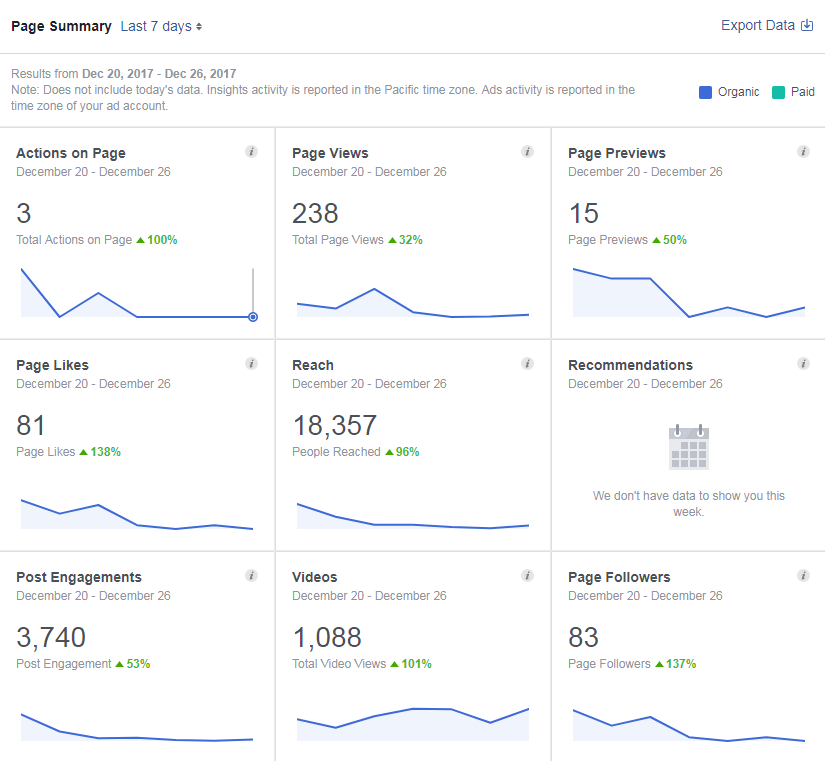
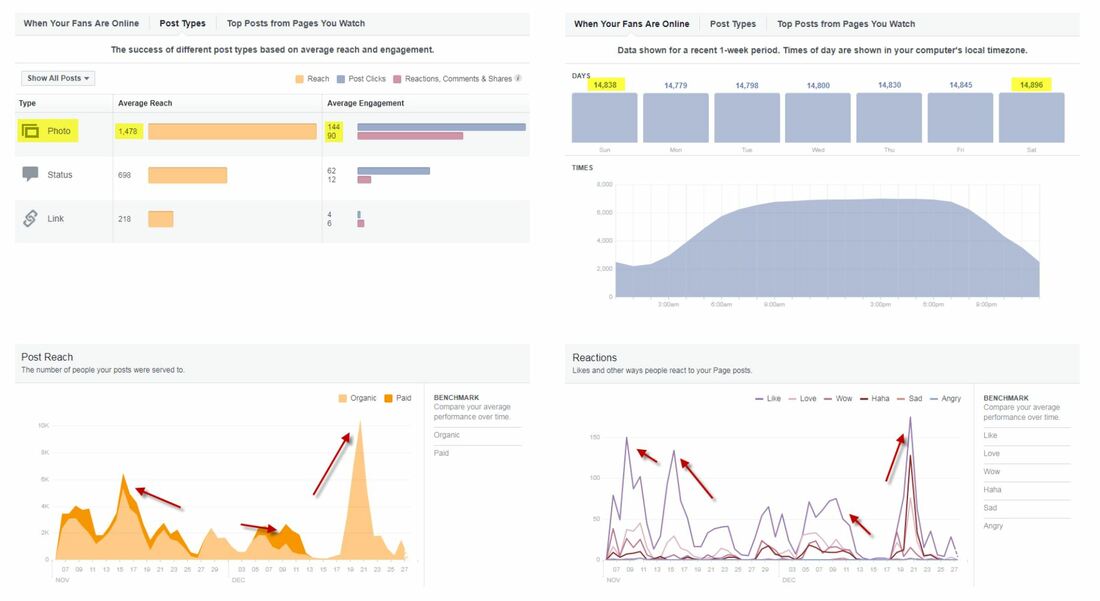
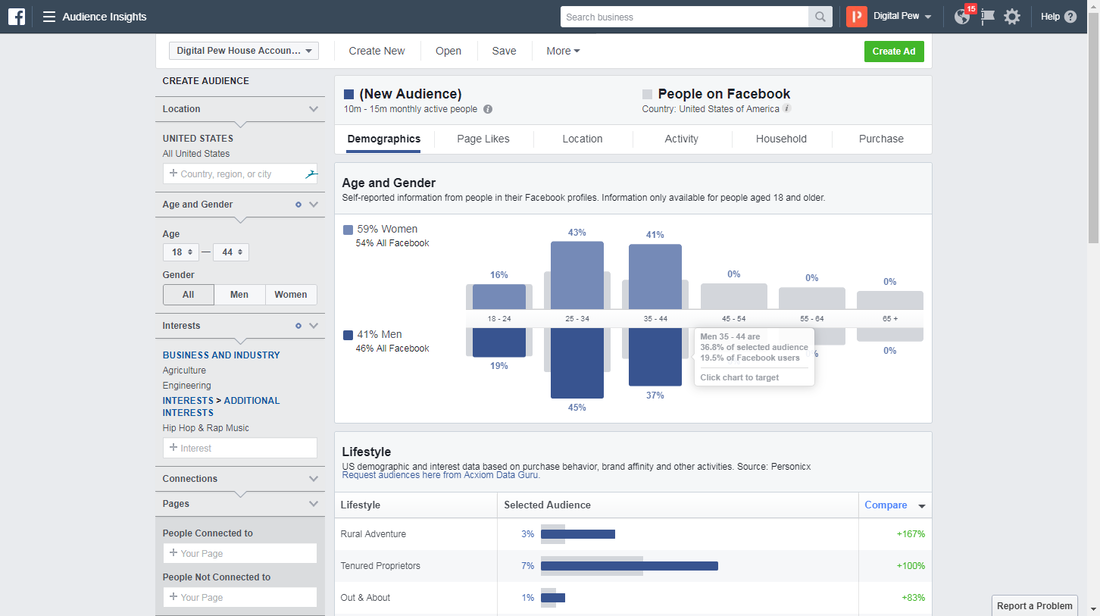
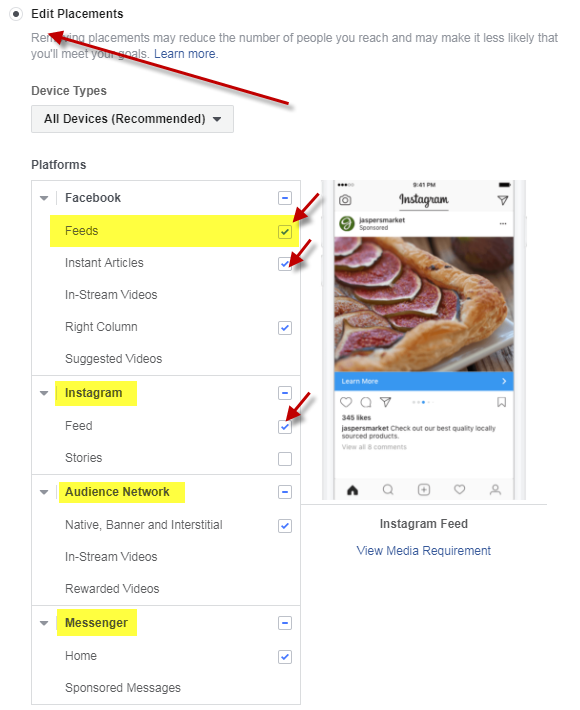

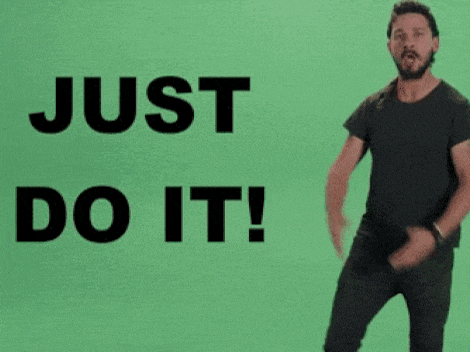
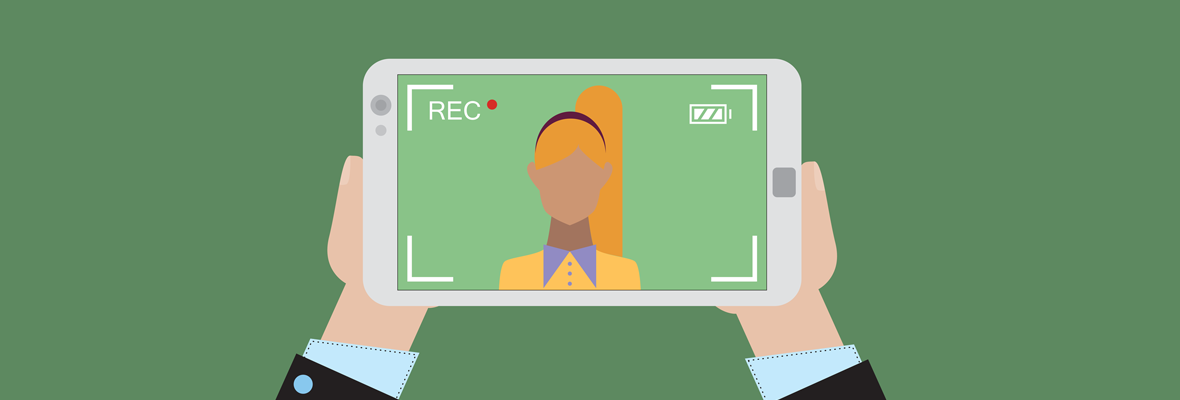
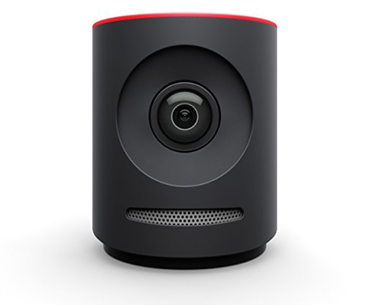
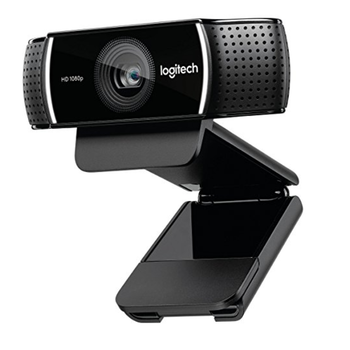
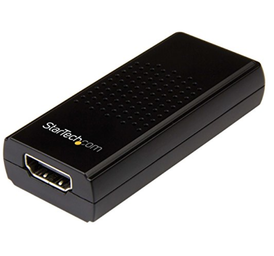



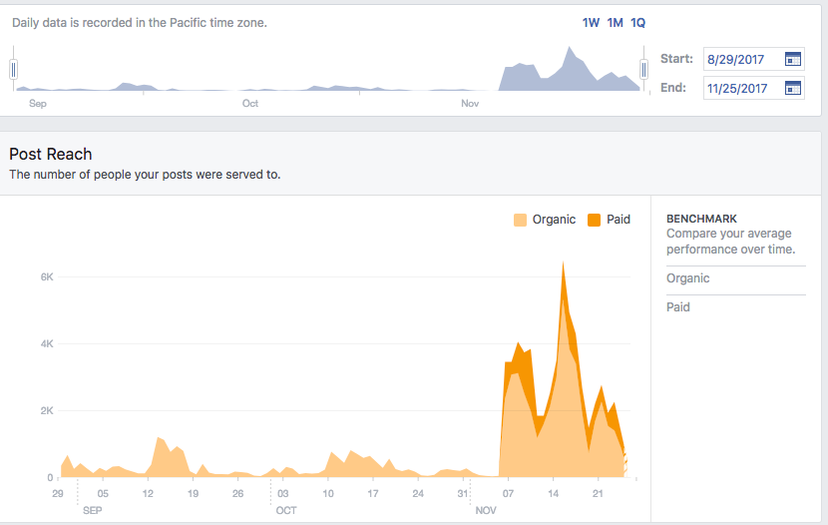
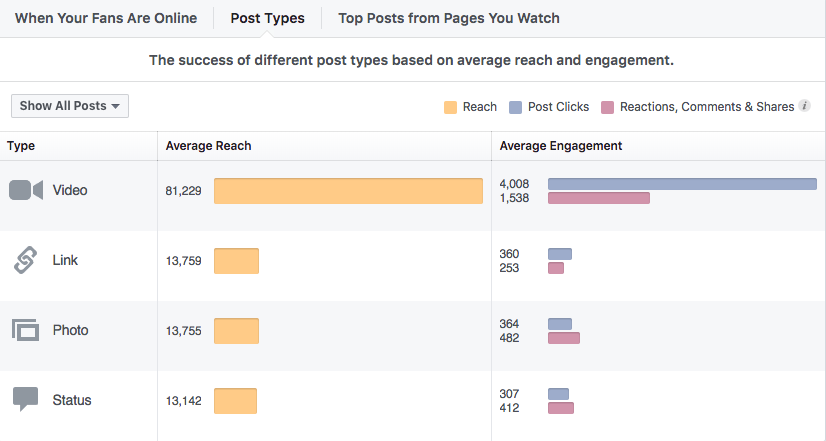
 RSS Feed
RSS Feed